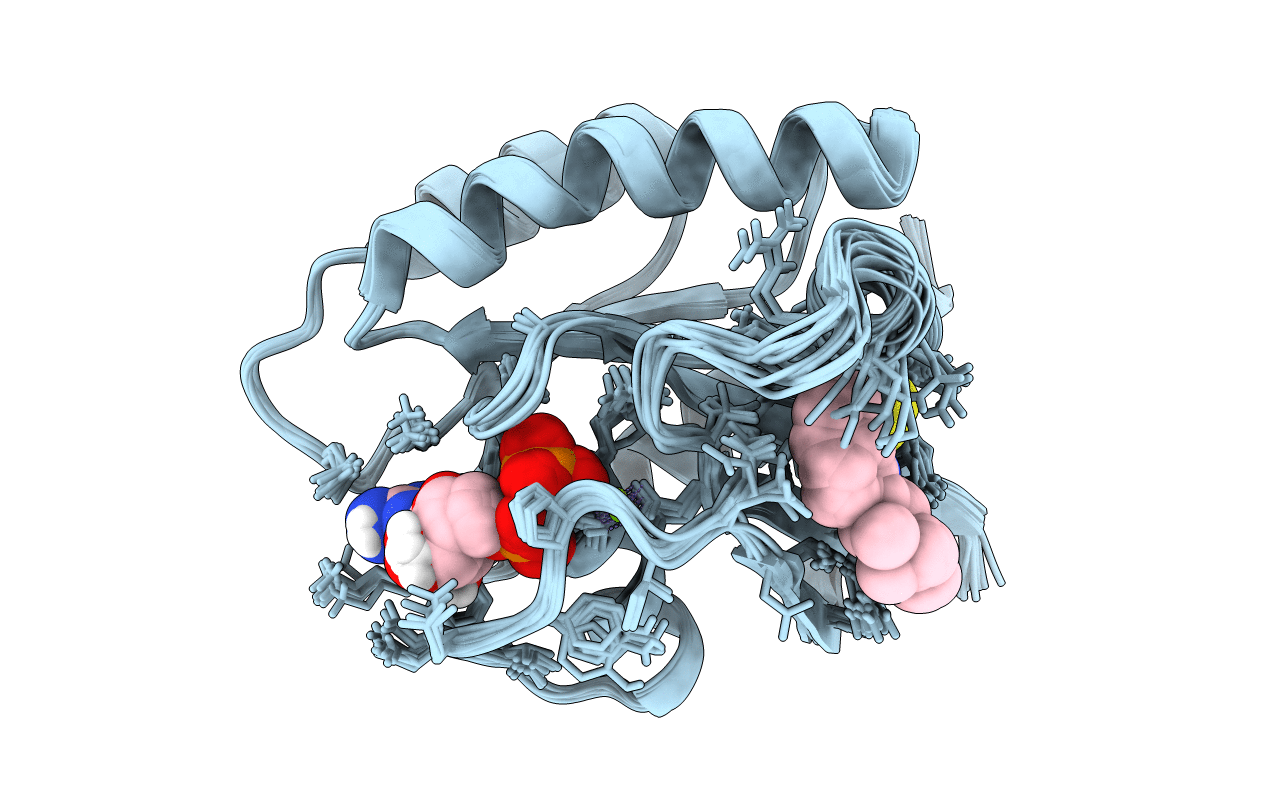
Deposition Date
2021-01-20
Release Date
2021-07-21
Last Version Date
2024-05-01
Entry Detail
PDB ID:
7LGI
Keywords:
Title:
The haddock model of GDP KRas in complex with promazine using chemical shift perturbations and intermolecular NOEs
Biological Source:
Source Organism:
Homo sapiens (Taxon ID: 9606)
Host Organism:
Method Details:
Experimental Method:
Conformers Calculated:
1000
Conformers Submitted:
10
Selection Criteria:
structures with the lowest energy


